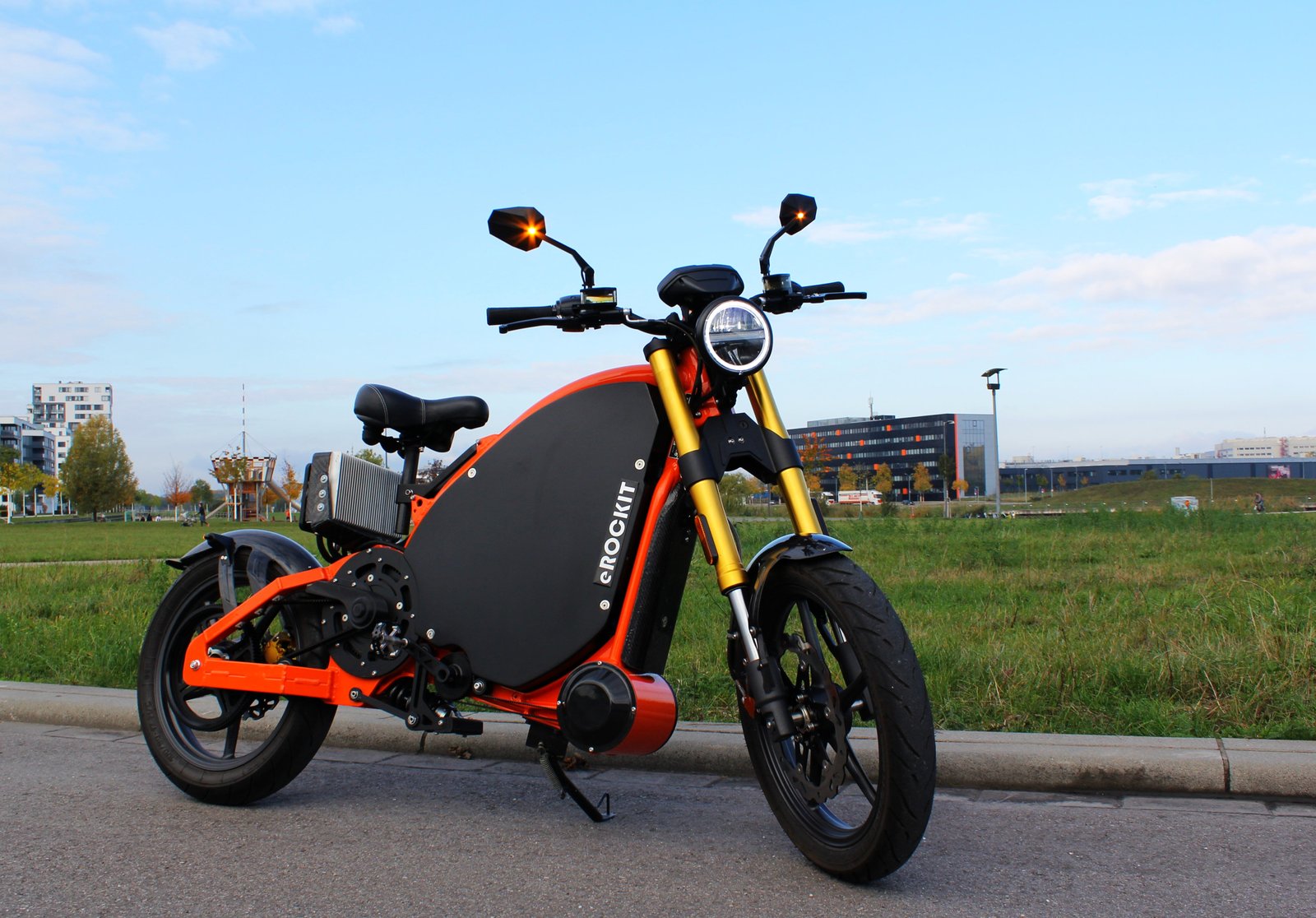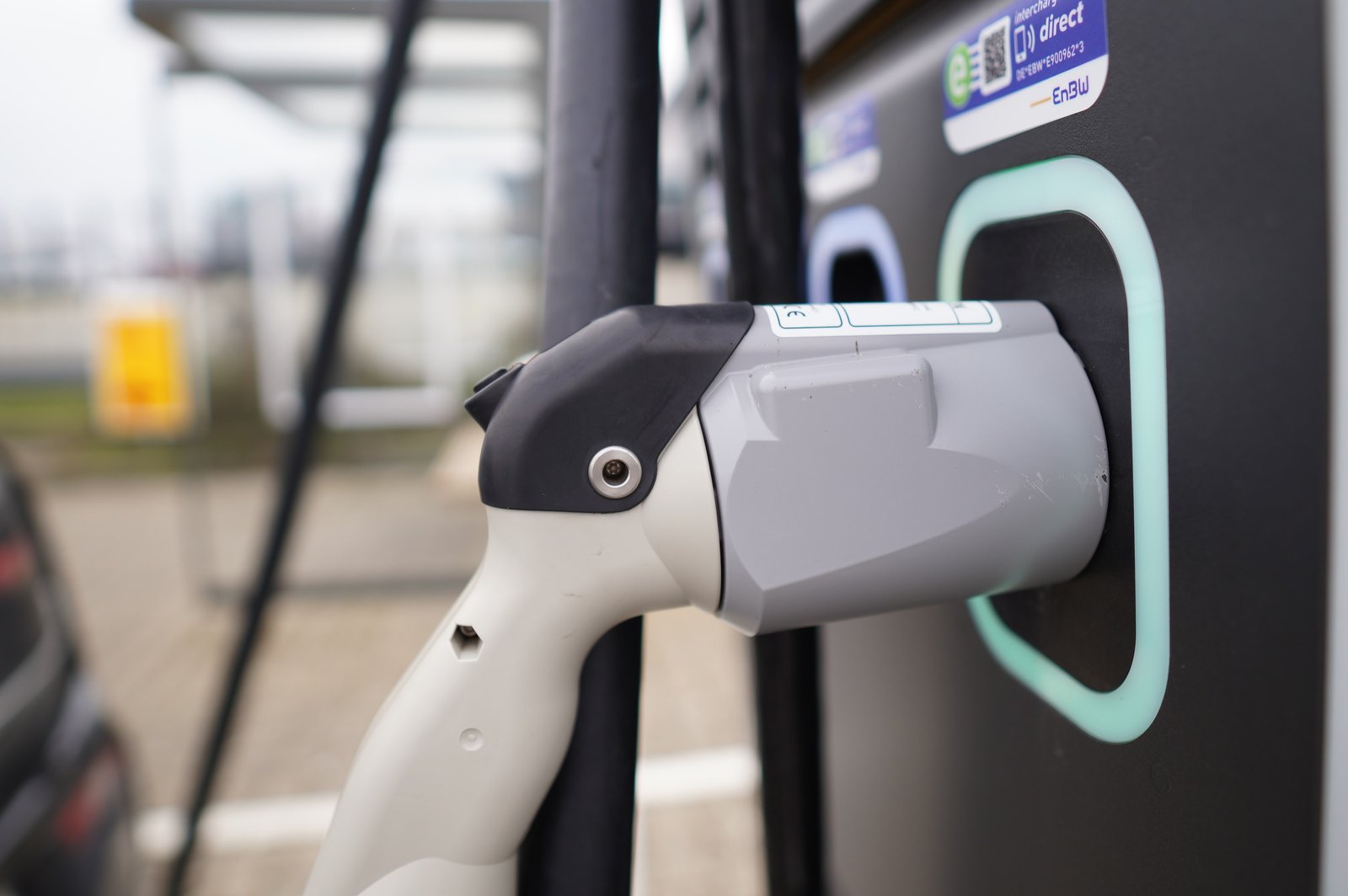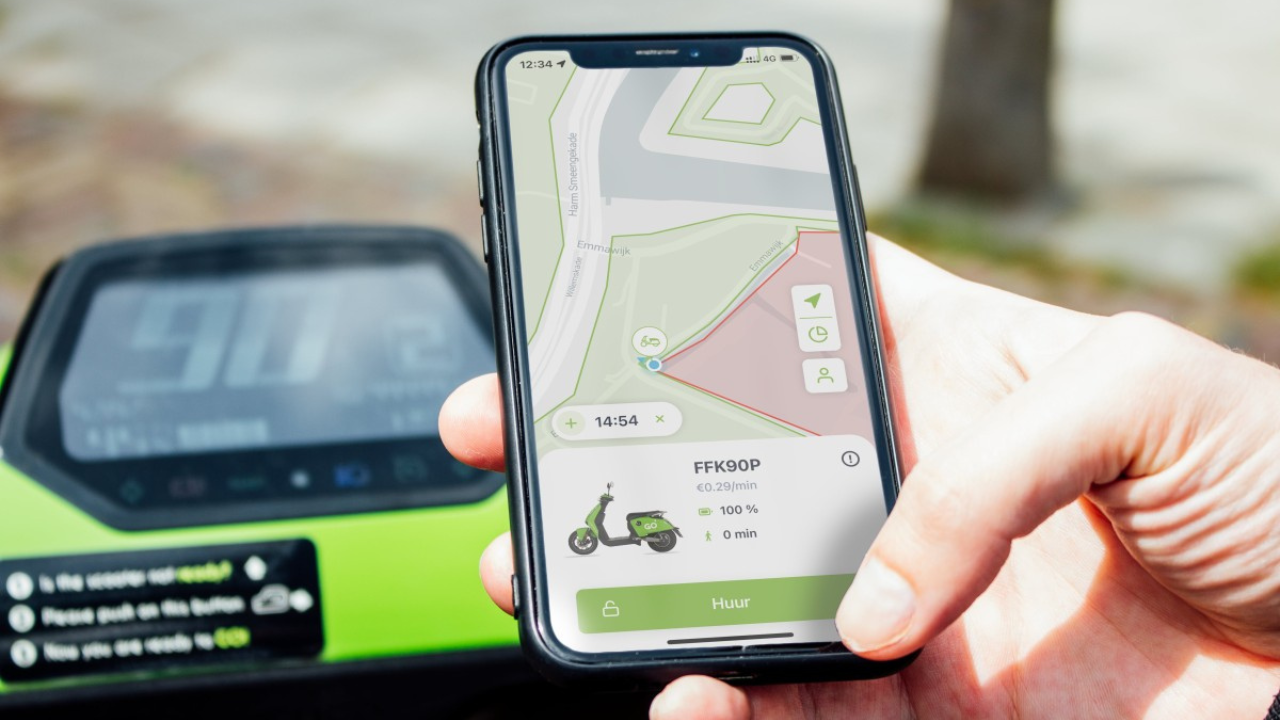XIAOMI SU7 ELECTRIC CAR: XIAOMI TO BEGIN DELIVERIES SOON
XIAOMI SU7 ELECTRIC CAR: At a launch event on March 28, Xiaomi plans to disclose the
price of the SU7, its first electric vehicle (EV), which it plans to start
delivering in March. Although the car was first introduced to a global audience
at the Mobile World Congress in Barcelona, Lu said that it would
probably be another two or three years before Xiaomi began selling the car
abroad.
On the microblogging platform Weibo, Xiaomi made the
announcement and mentioned that orders could be done at any of its 59 stores
throughout 29 different states in the entire nation.
This action is being taken in the midst of an intense price
battle in China between major titans like BYD and Tesla. When Xiaomi unveiled
the Speed Ultra 7 (SU7) last year, CEO Lei Jun stated that the company's
aspiration was to rank among the world's top five automakers. Over the next ten
years, Xiaomi intends to invest an additional US$10 billion in its car
industry.
Xiaomi made this decision in keeping with its goals to expand
beyond its primary smartphone business, which it initially declared in 2021. A
division of the state-owned automaker BAIC Group will assemble the SU7 cars in
a Beijing plant with a 200,000-vehicle production capability each year.
XIAOMI SU7: INTERIOR & EXTERIOR

The interior design of the Xiaomi SU7 is futuristic. The
dashboard does contain a number of tactile buttons, though. The interior
features a dual-tone design, a large panoramic sunroof that seems fixed, a
simple center console with tactile buttons arranged strategically for easy
driver access, and more.
The SU7's teardrop-shaped LED
headlights, up to 20-inch alloy wheels, and connected taillights all draw
attention to its exterior. The cabin features a simple design with just a
three-spoke steering wheel and digital screens. ADAS, a 56-inch heads-up display,
and a 16.1-inch touchscreen are among the features included. comes with options
for rear-wheel drive and all-wheel drive and battery packs that hold 73.6 kWh
and 101 kWh, respectively.
This electric vehicle has four doors and measures 4,997 mm in
length, 1,963 mm in width, and up to 1,455 mm in height.
XIAOMI SU7: BATTERY

Moreover, Xiaomi has created its
own CTB Integrated Battery Technology, which boasts a maximum battery capacity
of 150 kWh and a theoretical CLTC recharge range of more than 1200 km. It is
equipped with a minimalistic wiring system, a multifunctional elastic
interlayer, and innovative Inverted Cell Technology, all of which combine to
achieve a battery integration efficiency of 77.8%—the highest of all CTB
batteries globally—as well as a 24.4% improvement in overall performance.
ALSO, READ: Komaki Flora Electric Scooter

















Rating & Reviews
Leave a Reviews